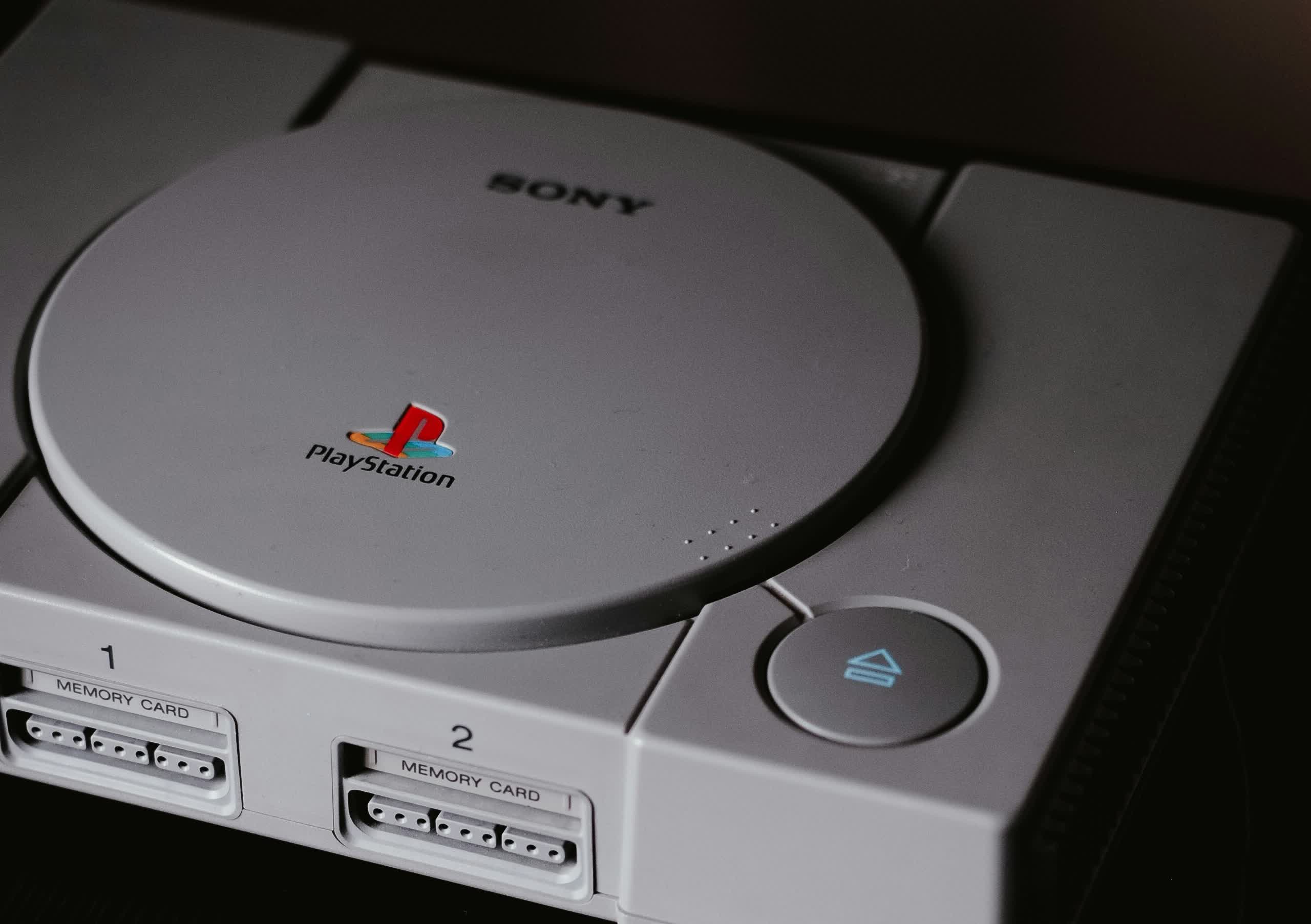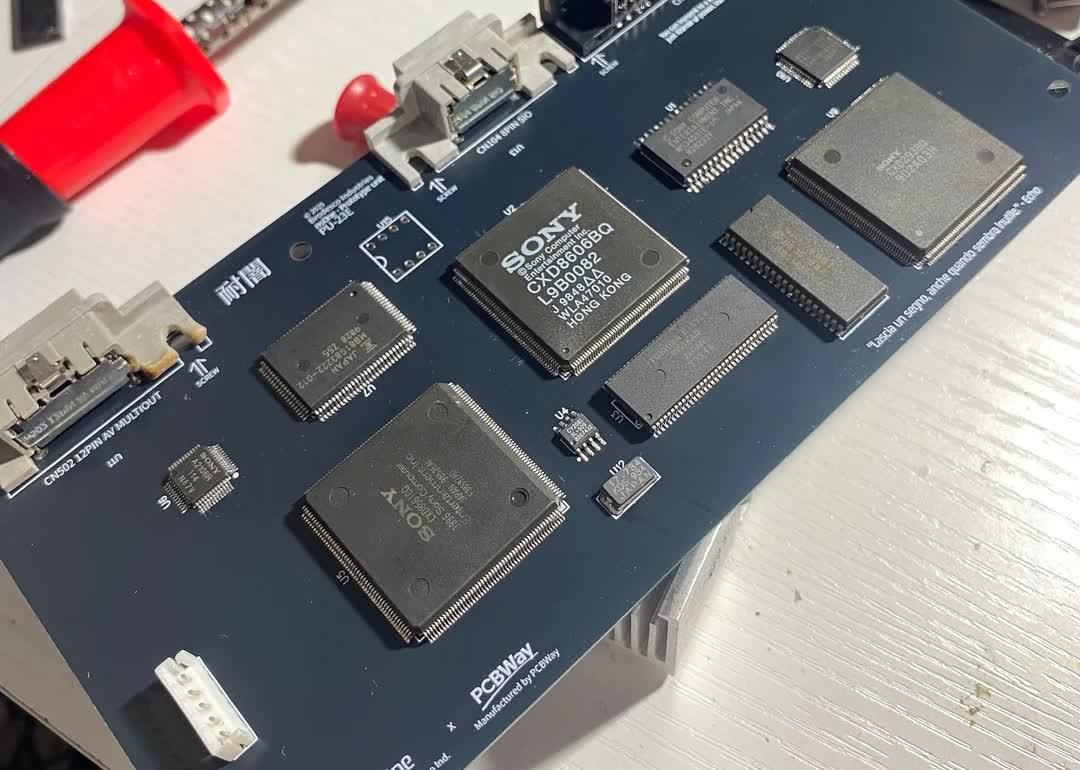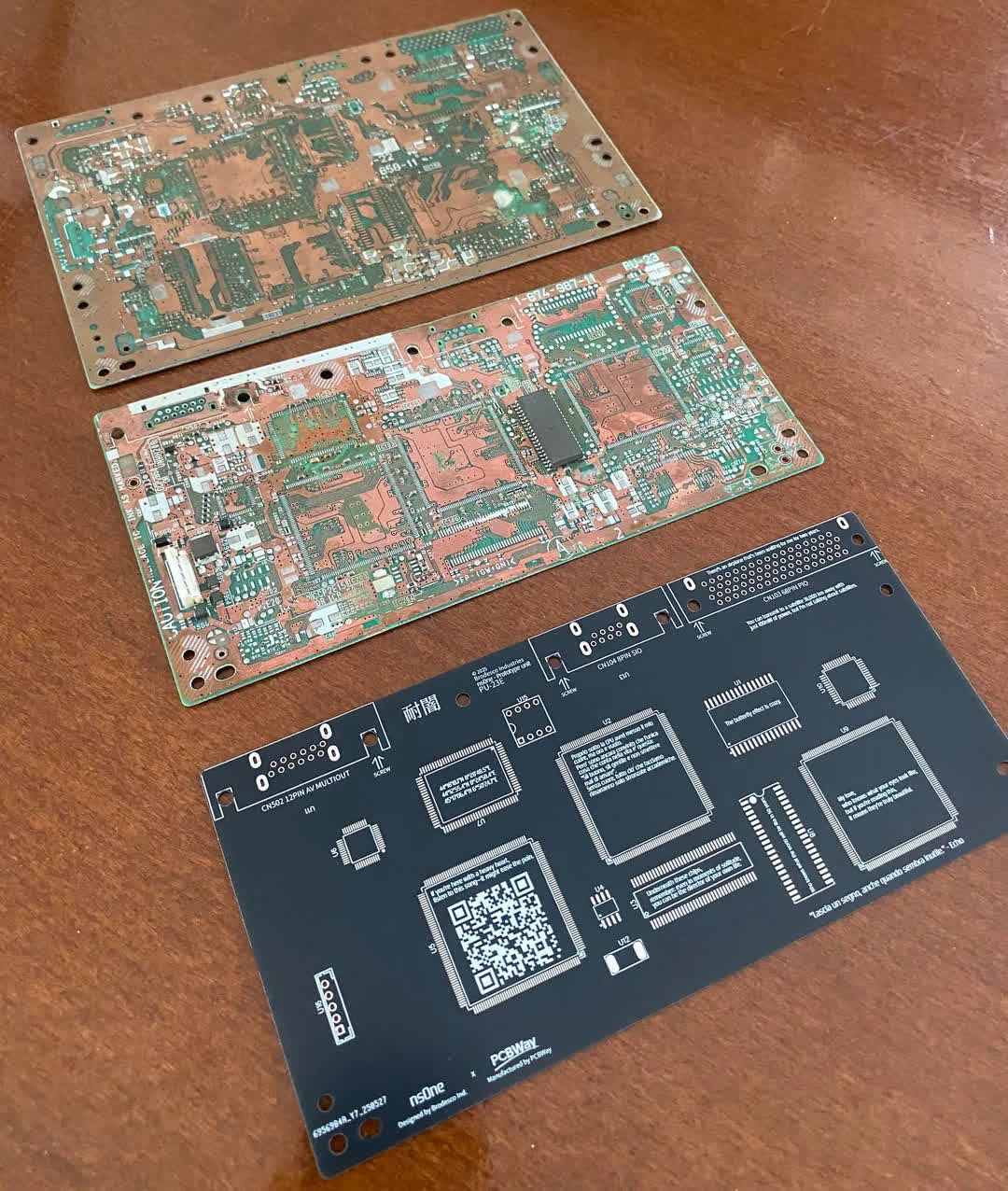Why it matters: Preserving retro games and hardware becomes increasingly difficult as the years pass and essential components grow rarer. Reverse engineering allows modders and repair shops to create substitutes that function identically to the original parts. Now, a new project aims to bring that level of flexibility to the original PlayStation.

Italian engineer Lorentio Brodesco recently became the first person to successfully reverse-engineer the original PlayStation's motherboard, creating a custom printed circuit board that supports the 1994 console's chips. The achievement marks the first step in an ambitious project aimed at expanding options for customizing and repairing the device that launched Sony's dominant video game business three decades ago.
Brodesco's "nsOne" is a custom PCB onto which users can plug the PS1's original CPU, GPU, SPU, RAM, oscillators, regulators, and other components to run the console's software without an official motherboard. PS1 game support is fully native, requiring neither traditional software emulation nor FPGA-based hardware emulation.

The electronics enthusiast spent several months performing delicate tasks such as sanding the motherboard, tracing every connection, identifying its architecture, and designing a new PCB layout to support it. Brodesco eventually plans to produce detailed documentation for a mass-production model, which is expected to be ready soon. His Kickstarter campaign offers nsOne units starting at €35, with fully soldered boards starting at €80.
Engineering replacement parts for aging devices helps preserve them decades after the original manufacturer has ceased production or gone out of business. In a somewhat similar example, in 2023, a modder built a new Commodore 64 by combining reverse-engineered components with parts salvaged from non-functioning units.
However, Brodesco's project has a more intriguing ultimate goal: creating a portable PS1 that plays games natively. Handhelds that play PS1 games through official or unofficial means already exist, but they currently rely on either emulation or cannibalizing Sony's original motherboards.

Users who only own modern hardware can access PS1 games through Sony's PlayStation Plus subscription, which offers a handful of retro titles via software emulation. Compared to custom machines or FPGA devices, the primary advantage is that these emulated games can run at higher resolutions.
Meanwhile, modder Taki Udon is developing an FPGA-based console that promises cycle-accurate hardware emulation for games from the original PlayStation, Nintendo 64, Sega Saturn, and earlier consoles. A disc drive attachment will support original physical copies of games.
Reverse-engineered PlayStation 1 motherboard runs original chips without emulation